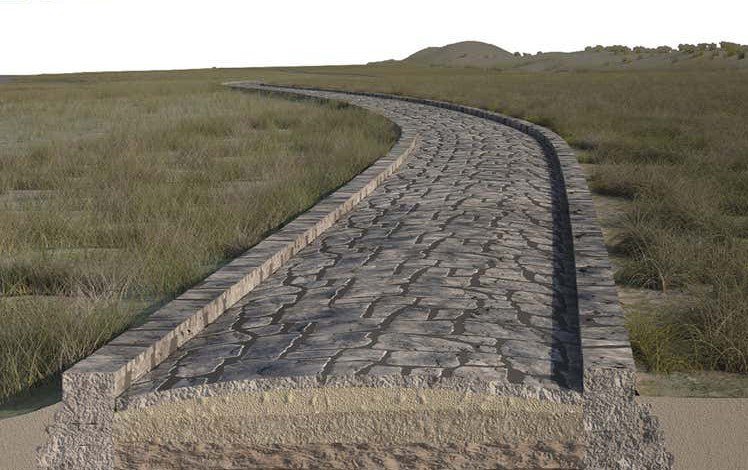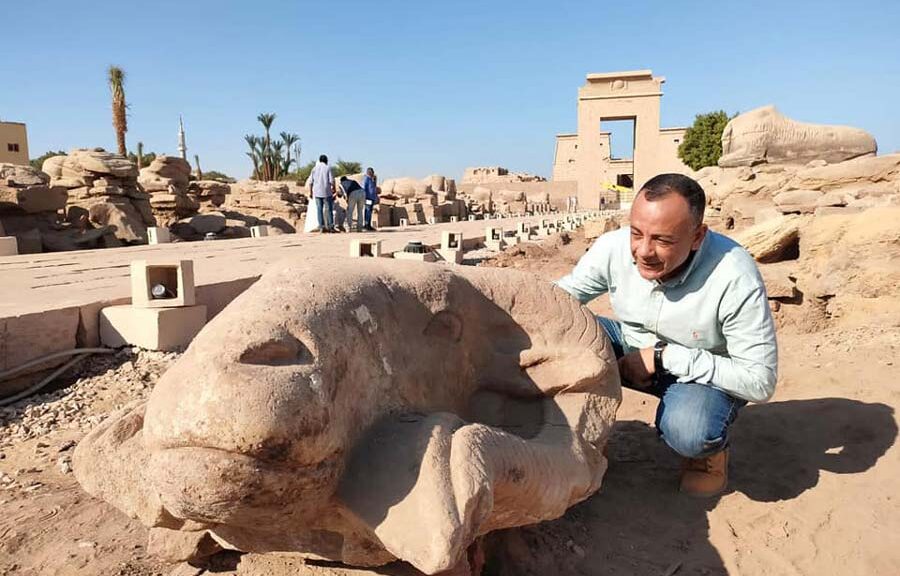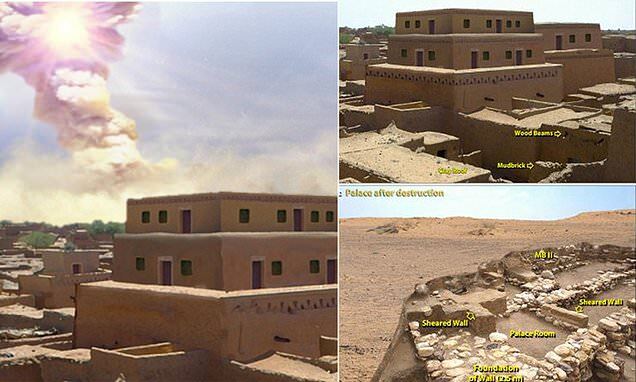Britain’s Giant Roman Arcade Discovered Under A Block Of Flats in Essex
Britain’s largest known Roman arcade has been revealed beneath an apartment block in Colchester, Essex. Experts believe the ancient covered walkway included more than 28 archways topped by a grand gateway and was at the heart of the once-bustling Roman town.
Ruins of the grand 393ft long (120 metres) structure have now been used to create a computer model to show what the arcade would have looked like 1,800 years ago.
It is thought to have been on the same scale as the grand arcades of Rome, with some sections measuring at least 26ft (eight metres) tall.

While builders stumbled across Roman ruins at the site 62 years ago, Colchester Archaeological Trust has now excavated part of the arcade, beneath the recently-constructed One Castle House apartment block.
The archaeologists said the elaborately arched building would have provided an impressive frontage to the Temple of Claudius, built-in 54 AD. Today that temple forms the base of the town’s Norman Castle. The Temple of Claudius was the only Roman temple dedicated to an imperial cult in Britain.


He came to Camulodunum – the Iron Age precursor of Colchester – during the Roman invasion of Britain in 43 AD. Colchester Archaeological Trust director, Dr Phillip Crummy said: ‘The discovery of this monumental arcade was originally made in 1954 but it was left untouched.
‘It is the biggest Roman structure of its kind to be discovered in the UK.
‘Its closest rival in terms of size stands in northern France, and shares some of the architecture we can see here today.’
A similar arcade is being investigated in the small town of Pont-Sainte-Maxence about 25 miles (40km) north of Paris.
He continued: ‘The original arcade and its grand columns are similar to those you see in Bath at the Roman Baths.


‘It really is an extraordinary find and it shows how much history Colchester has to offer.’
Remains of the ancient building will go on public display this summer under three glass panels, giving visitors a chance to learn more about Britain’s oldest recorded town. Dr Crummy’s team has also produced an exhibition to go on the show, where computer graphics showing what the arcade would have looked like will be projected onto a wall behind the original ruins.
‘We’ve now managed to work out the dimensions of the columns found at One Castle House in Roman feet,’ he said.
‘These calculations have allowed us to design a digital reconstruction, as we have displayed here on a projector.
‘With this discovery, we can now show Colchester what it was really like to live in a Roman arcade – 1,800 years ago.’
Historians are particularly interested in the arcade and Temple of Claudius because they think a large religious procession or pompa – including the chariots and horses – would have travelled from the temple to the town’s Roman circus before the start of chariot races.
The trust said that the temple precinct would have resembled the Forum in Rome and would have been a busy place, with people going to and from the temple.
READ ALSO: BOUDICCA REVOLT: ESSEX DIG REVEALS ‘EVIDENCE OF ROMAN REPRISALS’
It may have also been the site of socialising and shopping at market stalls. ‘They would have entered the precinct through the archways of the arcade,’ the trust said.
The precinct is thought to have been standing at the time of the Norman invasion of England and only demolished when the castle was built. The history-steeped settlement of Colchester dates back almost 2,000 years.
Roman military chiefs established a pivotal fortress on the site shortly after conquering Britain in 43 AD as they set out to extend their power and control throughout East Anglia.

























